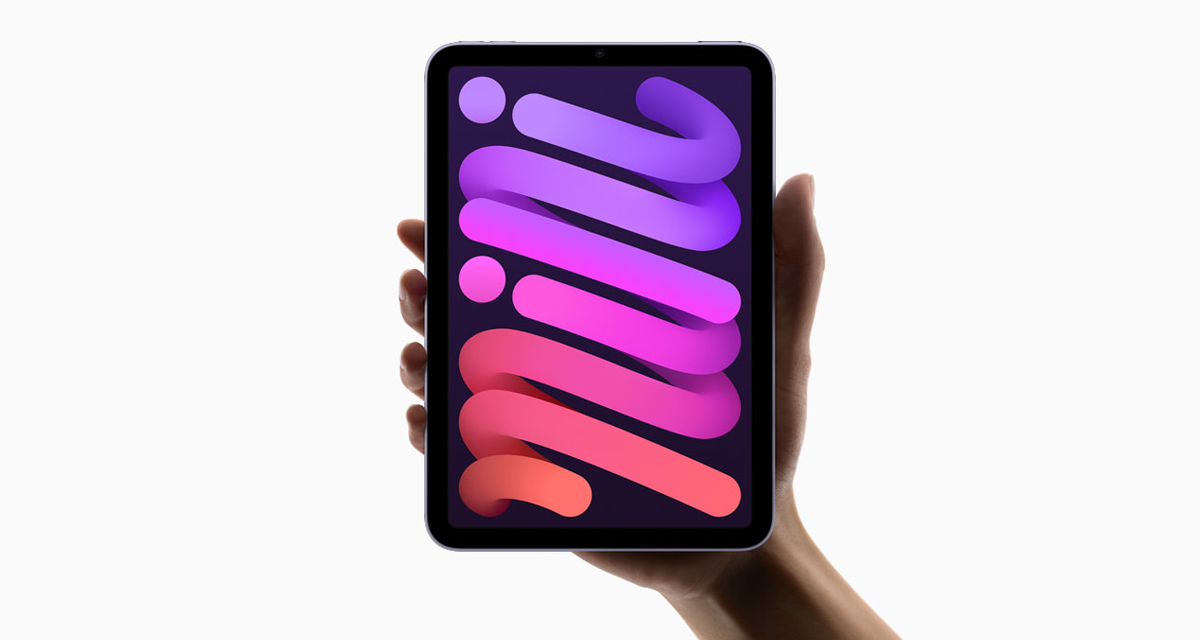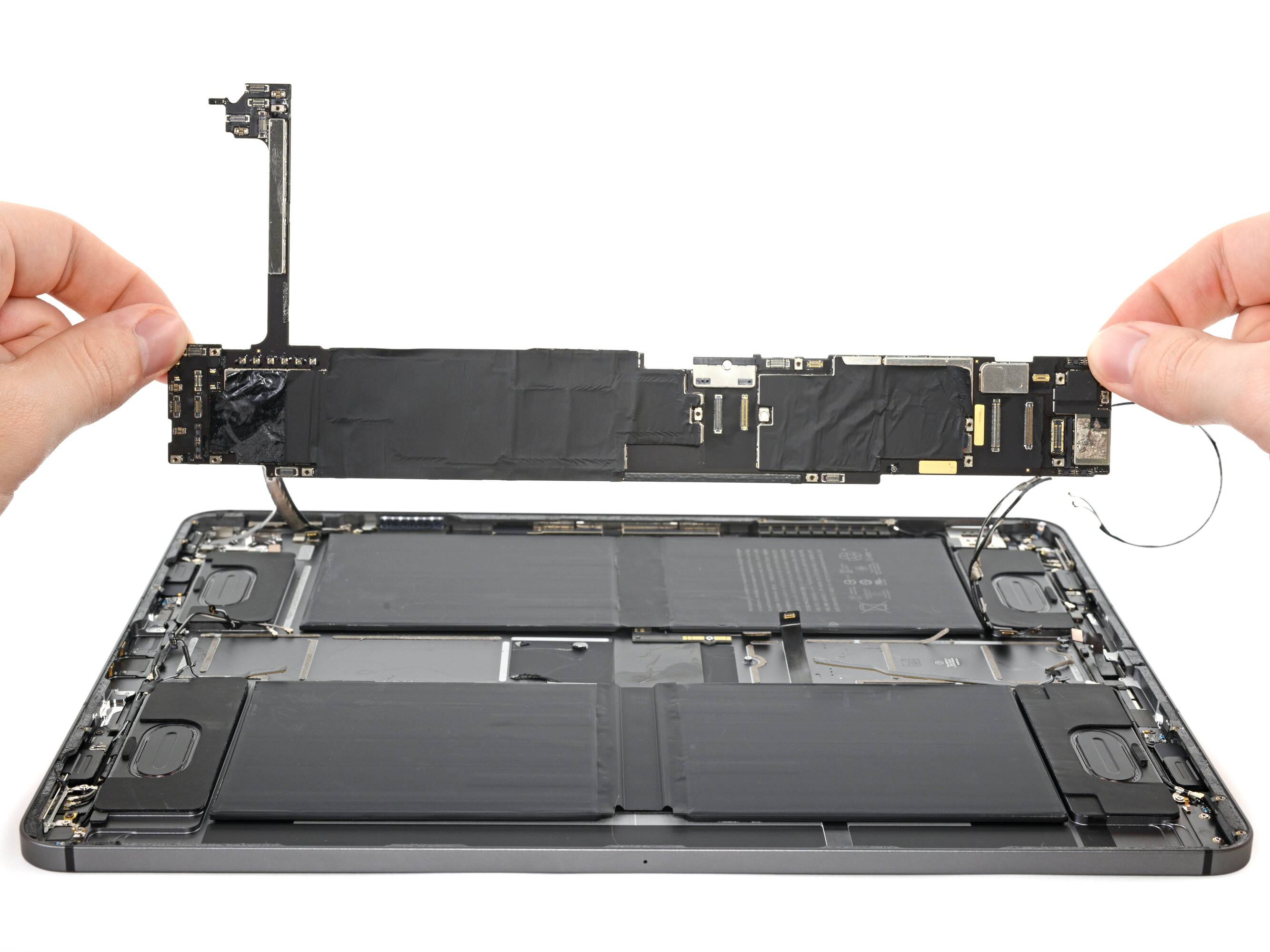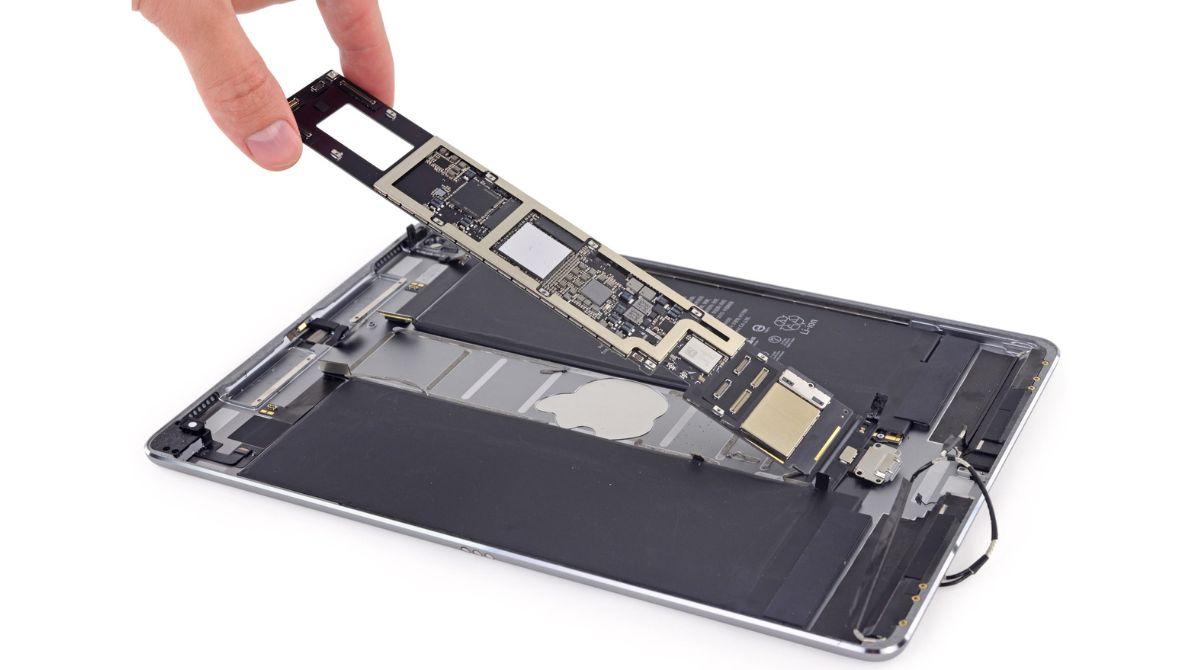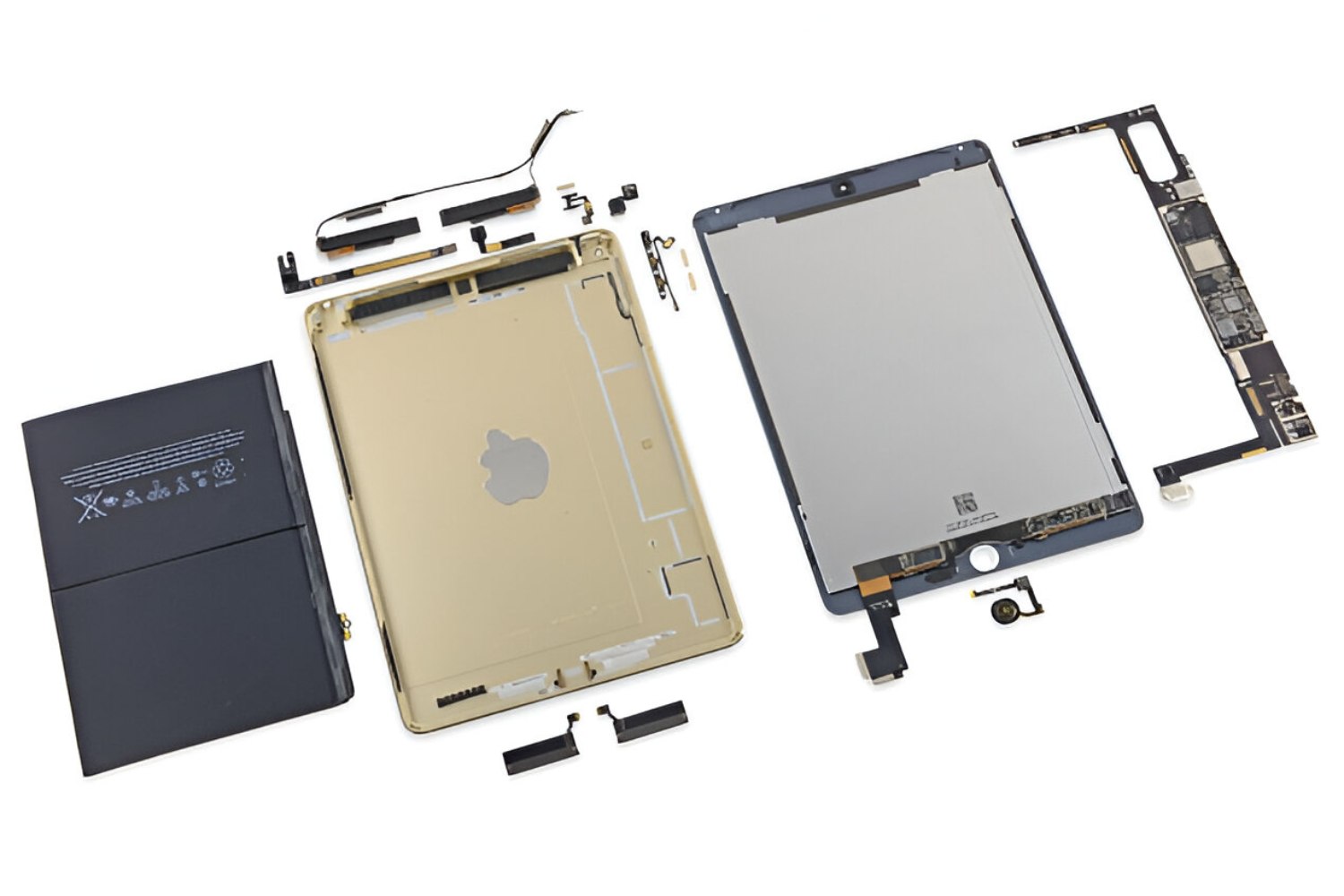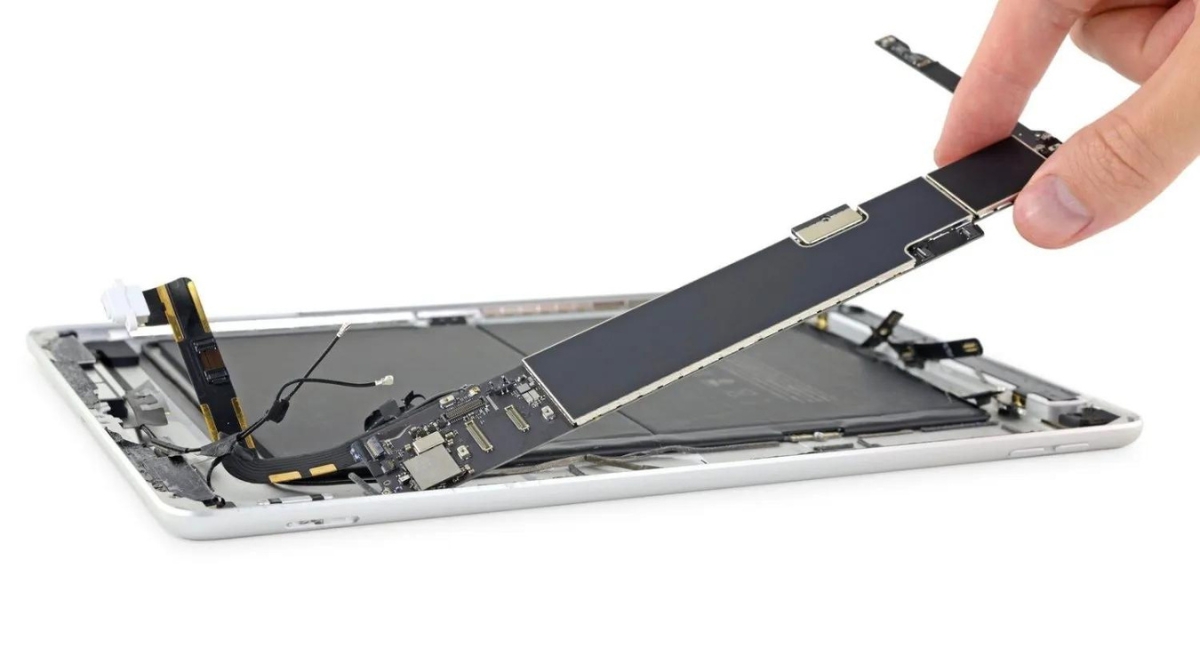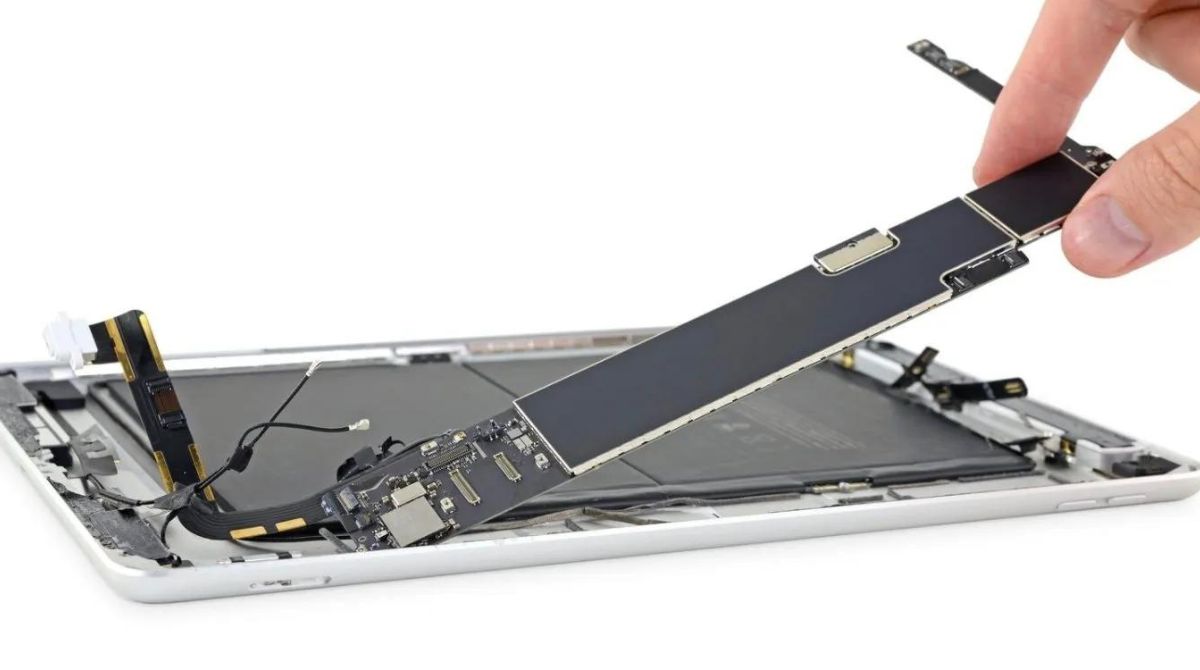Introduction
When it comes to choosing an iPad, there are many factors to consider, including the display, processor, storage capacity, and battery life. However, one often overlooked but crucial component that can significantly impact the performance of an iPad is its RAM (Random Access Memory).
RAM plays a vital role in how an iPad functions, affecting its multitasking capabilities, speed, and overall responsiveness. Understanding the importance of RAM in an iPad can help you make an informed decision when selecting the right model for your needs.
In this article, we will explore what RAM is, how much RAM different iPad models have, and why RAM matters in an iPad. We will also discuss how RAM affects the performance of an iPad and address the common misconception that more RAM is always better. So, whether you use your iPad for productivity, gaming, or multimedia, read on to discover the impact of RAM on your device.
What is RAM?
RAM, or Random Access Memory, is a type of computer memory that provides temporary storage for data and instructions that the processor needs to access quickly. It is different from the device’s storage, such as the hard drive or solid-state drive, which is used for long-term data storage.
Think of RAM as the short-term memory of your iPad. When you open an app or perform any task, the necessary data is quickly loaded into RAM to provide fast access to the information. This allows the processor to retrieve and process the data rapidly, enabling smooth multitasking, seamless app switching, and faster loading times.
The amount of RAM available in a device determines how much data it can hold and process at a given time. A higher amount of RAM allows for more apps to remain active in the background without slowing down the device or affecting performance.
It’s important to note that RAM is volatile, meaning its contents are lost when the iPad is turned off or reset. This is why apps and documents need to be saved to the device’s storage for long-term access.
In summary, RAM acts as a temporary workspace for the processor, providing quick access to data and instructions. It plays a crucial role in the responsiveness and multitasking capabilities of an iPad.
RAM in the iPad
Just like any other electronic device, iPads have RAM to facilitate efficient and fast processing. The amount of RAM available in an iPad varies depending on the model and year of release.
Apple has been known to equip its devices with optimized hardware and software integration, allowing them to perform exceptionally well with relatively less RAM compared to other devices. This means that iPads can deliver excellent performance even with smaller RAM capacities.
Generally, earlier iPad models had lower RAM capacities compared to the more recent ones. For example, the iPad 1 and iPad 2, both released in 2011, had 256 MB and 512 MB of RAM, respectively. As technology advanced, newer models started featuring higher RAM capacities.
From the iPad Air (3rd generation) onwards, Apple started increasing the RAM in its iPads. The iPad Air (3rd generation) and the iPad Mini (5th generation) released in 2019 both come with 3 GB of RAM. The iPad Pro models, known for their powerful performance and extensive capabilities, feature even higher RAM capacities, with the iPad Pro (4th generation) and iPad Pro (5th generation) boasting up to 16 GB of RAM. These higher RAM capacities are ideal for demanding tasks such as video editing, graphic design, and 3D modeling, where a significant amount of data processing is required.
It’s worth noting that while the RAM capacity may differ across iPad models, Apple optimizes the iOS and iPadOS software to work seamlessly with the available RAM. This ensures that even iPads with lower RAM capacities can deliver excellent performance and a smooth user experience.
Next, we will explore why the amount of RAM in an iPad matters and how it can affect the overall performance of the device.
How much RAM does each iPad model have?
The amount of RAM in an iPad can vary depending on the model and year of release. Apple has made incremental upgrades in terms of RAM capacity over the years, allowing for improved performance and multitasking capabilities. Here is an overview of the RAM configurations of different iPad models:
- iPad 1 and iPad 2: These earlier models featured 256 MB and 512 MB of RAM, respectively.
- iPad (3rd generation) and iPad (4th generation): These models introduced a significant upgrade, with 1 GB of RAM.
- iPad Air (1st generation) and iPad Mini 2: Apple continued the trend with 1 GB of RAM in these models.
- iPad Air (2nd generation) and iPad Mini 3: These models received a boost to 2 GB of RAM.
- iPad Pro (1st and 2nd generation): Apple introduced the professional-grade iPad Pro line with 4 GB of RAM, allowing for powerful performance and multitasking capabilities.
- iPad (5th and 6th generation) and iPad Mini (4th generation): These models maintained 2 GB of RAM.
- iPad Air (3rd generation), iPad Mini (5th generation), iPad Pro (3rd generation), and iPad (7th generation): These models saw a jump to 3 GB of RAM.
- iPad (8th generation), iPad Air (4th generation), and iPad Pro (4th generation): Apple continued the trend of increasing RAM capacity with these models, offering 4 GB and 6 GB of RAM.
- iPad Pro (5th generation): The latest iPad Pro model boasts up to 16 GB of RAM, making it a powerhouse for demanding tasks.
It’s important to note that the RAM capacity is just one aspect of the overall performance of an iPad. Apple’s optimization of hardware and software integration ensures that the available RAM is effectively utilized, delivering exceptional performance across different tasks and workflows.
In the next section, we will delve into why RAM is crucial for the performance of an iPad and how it affects the user experience.
Why does RAM matter in an iPad?
RAM plays a crucial role in determining the overall performance and user experience of an iPad. Here are some key reasons why RAM matters:
1. Multitasking: RAM enables an iPad to handle multiple tasks simultaneously. With higher RAM capacity, you can have more apps running in the background without experiencing significant slowdowns or crashes. This allows you to switch between apps seamlessly and enhances your productivity.
2. App performance: Apps require a certain amount of RAM to function optimally. Insufficient RAM may result in laggy app performance, longer loading times, and frequent crashes. Adequate RAM ensures smooth operation and a responsive, glitch-free app experience.
3. Graphics-intensive tasks: RAM is particularly essential for graphics-intensive tasks such as gaming, video editing, and graphic design. These tasks require a significant amount of data processing, and more RAM allows for smoother rendering, faster frame rates, and improved overall performance.
4. Web browsing: RAM plays a role in how quickly web pages load and how smooth the browsing experience is. With higher RAM capacity, an iPad can store more web data, including images and scripts, leading to faster page loading and reduced delays when browsing the internet.
5. Future-proofing: As apps and software become more resource-intensive over time, having sufficient RAM ensures your iPad can handle future updates and new features without experiencing performance issues. Investing in a model with ample RAM can extend the longevity of your device.
6. Comfortable workflow: Having enough RAM allows you to work comfortably and efficiently, especially when dealing with large files, running virtual machines, or using resource-demanding apps. It ensures that you don’t face frustrating slowdowns or delays when working on complex projects.
While RAM is essential, it is not the sole determinant of an iPad’s performance. The optimization of hardware and software by Apple plays a significant role in ensuring efficient utilization of available RAM. But having an adequate amount of RAM is crucial to unlock the full potential of your iPad and enhance your overall user experience.
Now that we understand the importance of RAM, let’s explore how it affects the performance of an iPad in the next section.
How does RAM affect the performance of an iPad?
The RAM in an iPad has a direct impact on its overall performance, speed, and multitasking capabilities. Here’s how RAM affects the performance of an iPad:
1. Multitasking: RAM allows an iPad to keep multiple apps and processes running simultaneously. With more RAM, the device can store a larger amount of data in its memory, making it quicker and more efficient to switch between apps and perform tasks concurrently. This results in a seamless multitasking experience and reduces lag or crashes when opening or switching between apps.
2. App loading and responsiveness: When you open an app on your iPad, it loads its data and instructions into RAM. Having sufficient RAM ensures that the app loads quickly and remains responsive while you use it. Insufficient RAM can cause apps to load slowly, freeze, or crash, hindering your productivity and user experience.
3. Performance during resource-intensive tasks: RAM is particularly crucial for resource-intensive tasks such as gaming, video editing, and running graphics-heavy applications. These tasks require a significant amount of data to be processed and stored temporarily in RAM. Insufficient RAM can lead to stutters, lags, and reduced performance in these tasks, while more RAM allows for smoother and faster operation.
4. Web browsing and multitab usage: RAM plays a role in smooth web browsing, especially when opening multiple tabs simultaneously. Each open tab consumes additional RAM, and having more RAM allows the iPad to handle a larger number of tabs without compromising performance. With ample RAM, you can enjoy a responsive and lag-free browsing experience, even with many tabs open.
5. System stability and responsiveness: Having an adequate amount of RAM ensures that the operating system can perform its tasks smoothly. It allows for better memory management, preventing the system from running out of available memory and causing crashes or slowdowns. More RAM also improves the responsiveness of touch interactions and system animations, providing a more fluid and enjoyable user experience.
It’s important to note that while more RAM generally leads to better performance, the overall performance of an iPad is also influenced by other factors like the processor, operating system optimization, and app efficiency. Apple’s integration of hardware and software ensures efficient utilization of available RAM, making iPads capable of delivering excellent performance even with relatively lower RAM capacities.
Now that we understand how RAM affects the performance of an iPad, let’s address a common misconception about RAM in the next section.
Is more RAM always better?
While RAM is an important factor in determining an iPad’s performance, more RAM is not always synonymous with better performance. The optimal amount of RAM depends on individual usage patterns and the specific tasks you perform on your device. Here are a few points to consider:
1. Efficiency of hardware and software: Apple is known for its optimization of hardware and software integration. iPads are designed to work optimally with the available RAM capacity. This means that even iPads with lower RAM capacities can deliver excellent performance and multitasking capabilities due to Apple’s efficient memory management and software optimization.
2. Normal usage: For everyday tasks like web browsing, social media, email, and light productivity, iPads with modest RAM capacities can provide a smooth and responsive experience. These tasks typically do not require a significant amount of RAM, and an iPad with sufficient RAM for such activities can meet the needs of most users.
3. Resource-intensive tasks: If you regularly engage in resource-intensive tasks like gaming, video editing, or running complex applications, more RAM can provide a noticeable boost in performance. These tasks require a larger amount of temporary data storage, and having ample RAM allows for smoother operation, faster rendering, and seamless multitasking between demanding applications.
4. Future-proofing: Consider your future needs when it comes to RAM capacity. If you plan to use your iPad for several years or expect to engage in more resource-intensive tasks in the future, investing in an iPad with a higher RAM capacity can help ensure smooth performance and longevity.
5. Budget considerations: More RAM often comes with a higher price tag. If your usage primarily revolves around standard tasks, opting for an iPad with a lower RAM capacity can be more cost-effective while still delivering satisfactory performance.
Ultimately, the decision regarding RAM capacity should be based on your specific usage requirements and budget considerations. It’s important to strike a balance and choose an iPad with sufficient RAM to meet your needs without overspending on unnecessary excess.
In the next section, we will wrap up our discussion and summarize the key points regarding the importance of RAM in an iPad.
Conclusion
RAM is an integral component that significantly impacts the performance of an iPad. It allows for efficient multitasking, smooth app performance, and faster data access. While more RAM can enhance an iPad’s performance, the optimal amount depends on individual usage patterns and specific tasks.
Apple’s hardware and software integration play a vital role in ensuring efficient utilization of the available RAM. Even iPads with lower RAM capacities can deliver excellent performance and responsiveness due to Apple’s optimization.
For everyday tasks such as web browsing, email, and light productivity, iPads with modest RAM capacities are usually sufficient. However, if you engage in resource-intensive tasks or plan for future needs, opting for an iPad with higher RAM capacity can ensure smooth operation and better longevity.
Remember to strike a balance between RAM capacity and budget considerations, as more RAM generally comes with a higher price tag. Assessing your usage requirements and considering future needs will help you make an informed decision when choosing an iPad model.
In conclusion, understanding the importance of RAM in an iPad is crucial for selecting the right device that meets your specific needs. The RAM capacity, along with other factors such as the processor, storage, and operating system optimization, contributes to an iPad’s overall performance and user experience. Whether you use your iPad for work, creative projects, or entertainment, having the appropriate amount of RAM ensures optimal performance and enhances your productivity and enjoyment with the device.









